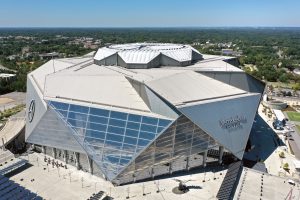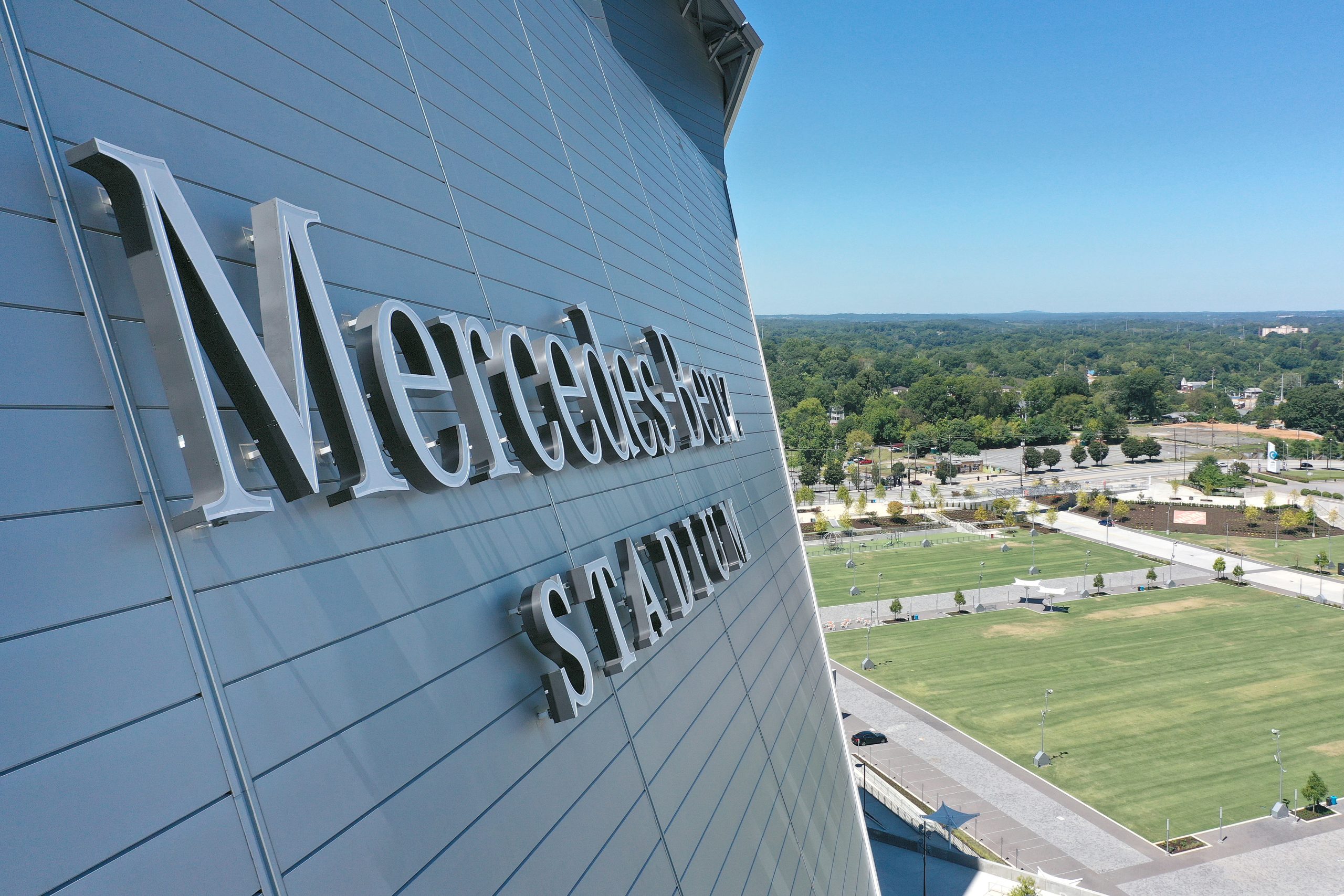


In 1996, a young man named David Spathaky SET A WORLD record for keeping 108 plates spinning simultaneously on sticks scarcely larger than a pool cue.
That feat of poise, precision, and determination pales in comparison to the balancing act often faced by today’s commercial building architect.

Consider the building envelope, for example: Balancing the requirements of the owner’s vision, code, sustainability, budget, and design intent takes a special brand of resourcefulness and insight.
When selecting an envelope assembly, architects have to ask themselves: “Is the cladding ASHRAE 90.1 compliant?” and “What about the fire rating? Red list issues? Code? Transitions and details? Wind load? LEED objectives? Color fastness? Warrantability? Moisture and air barriers? Insulation? Installation ease?”
Maneuver through that thicket and you still face possible liability concerns should any question go sideways. That’s a lot of pressure and risk.

Few outside observers know those challenges better than Brandon Kinsey and Brian Finnegan, both regional architectural sales managers for CENTRIA, a large manufacturer of insulated metal panels (IMPs), a cladding system known for its crisp, engineered facades. Architects frequently consult with the veteran advisors on cladding matters. “We’re involved very, very early—when the design intent may be little more than ideas sketched on a napkin,” Kinsey says.
The challenge is that there are many cladding options today, including metal composite material, aluminum composite material, fiber cement, EIFS, terra cotta, zinc, brick, glass, and IMPs, to name a few. All have their merits. The differentiators, say Kinsey and Finnegan, often come down to specification confidence, simplicity, and budget. Each consideration plays well to IMP’s strengths:
No cladding solution is perfect. Compare EPDs. Samples. Project histories. As you investigate alternatives, keep IMPs on the shortlist. IMPs merit special consideration on any project where confidence, simplicity, and budget are key to project success.
LEARN MORE about designing and building with insulated metal panels.

